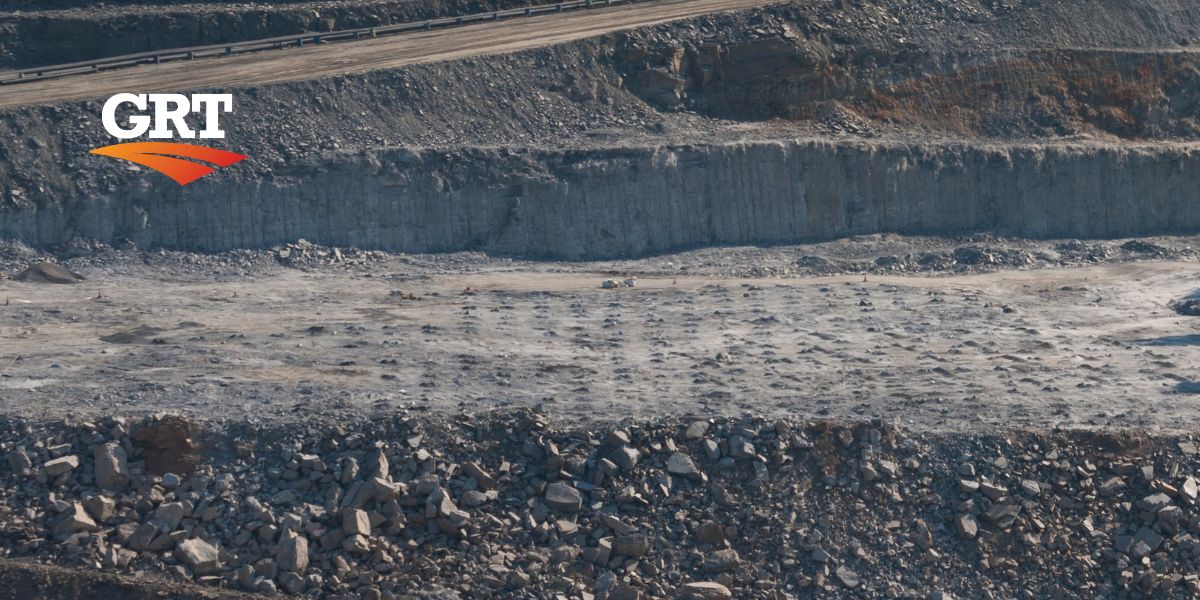Australia has a long history of grappling with the health hazards posed by deadly dust from various sources, including gold, coal, asbestos, and silica. These microscopic, invisible particles may seem innocuous, but their effects on human health can be devastating. In this blog, we’ll explore the persistent challenges Australia faces in mitigating the risks associated with these dust-related illnesses.
The Lingering Shadow of Asbestos
Asbestos is perhaps one of the most notorious culprits when it comes to deadly dust. Inhaling microscopic asbestos fibers can lead to a range of serious diseases, with mesothelioma, a fatal cancer of the lung or abdomen lining, being one of the most concerning. What makes this asbestos-related illness particularly insidious is its long latency period—symptoms can emerge up to 50 years after exposure.
Despite the well-established knowledge of asbestos’s dangers, Australia still struggles with high death rates from mesothelioma and other asbestos-related diseases. Shockingly, in 2022, 761 people in Australia lost their lives to mesothelioma alone. For decades, construction and mining companies were aware of the lethal nature of asbestos, yet some chose to downplay or hide this fact.
In a significant 1988 ruling, the Victorian Supreme Court found that the building company CSR, which had taken over asbestos mining at WA’s Wittenoom plant, had acted with “continuing, conscious and contumelious” disregard for its workers’ safety.
Resurgence of Black Lung Disease
While asbestos remains a grave concern, deadly dust has returned to the headlines in recent years for a different reason—Coal Workers’ Pneumoconiosis (CWP), also known as black lung disease. In 2015, CWP was rediscovered in Queensland after a 30-year absence.
Are environmental regulations, health and safety concerns or potential profit loss a concern right now?
A scathing 2023 report from the Queensland Parliamentary Inquiry into coal mining safety criticized the entire coal mining industry in Queensland and New South Wales. It raised questions about whether anyone was actively seeking out and preventing CWP, especially considering its continued prevalence in the United States.
The Looming Threat of Silicosis
Silicosis, another deadly dust-related disease, is a growing concern in Australia. This disease is caused by inhaling tiny particles of silica found in materials like sand, stone, concrete, and mortar. Even modern products like kitchen and bathroom benchtops, bricks, and tiles can contain silica.
To combat this threat, the New South Wales government increased penalties for employers who fail to adequately address deadly silica dust, from $798,000 to $2.2 million. There is also ongoing discussion among state and territory work health and safety ministers about potentially banning engineered stone products containing high levels of crystalline silica, which can be up to 95 percent in some cases.
Conclusion
Australia’s ongoing battle with deadly dust is a stark reminder of the long-lasting consequences of workplace exposure to hazardous materials. From asbestos to black lung disease and silicosis, these dust-related illnesses continue to impact the lives of workers in various industries. It underscores the critical importance of stringent regulations, vigilant enforcement, and proactive measures to protect the health and safety of those who labor in environments where deadly dust is a constant threat.
As we move forward, it’s imperative that industry stakeholders, regulatory bodies, and the government work collaboratively to address these health risks, improve safety standards, and ensure that past mistakes are not repeated. The lives of workers depend on it, and Australia must remain committed to safeguarding their well-being in the face of deadly dust.
Dust suppression is a critical issue in the world of mining and resources.
Learn more about GRT’s industry-leading and IoT-connected SMART Dosing Units, and discover how we’re driving better dust suppression solutions for all!
If you’d like to talk with an expert, simply contact us!
Your feedback is important to us.
If you enjoyed reading this Global Road Technology industry update and found it informative, please let us know by leaving a REVIEW.
Resources:
https://www.abc.net.au/news/2023-10-25/asbestos-coal-gold-silica-mining-and-deadly-dust/102968642
Troy Adams
Troy Adams is the Managing Director of Global Road Technology (GRT) Specialising in Engineered Solutions for Dust Suppression, Erosion Control, Soil Stabilisation and Water Management. A pioneering, socially conscious Australian entrepreneur, Troy Adams is passionate about health and safety and providing innovative solutions that are cost-effective to the mining industry, governments and infrastructure sectors. Troy is also a tech investor, director of companies like Crossware, Boost, Hakkasan, Novikov and more.

